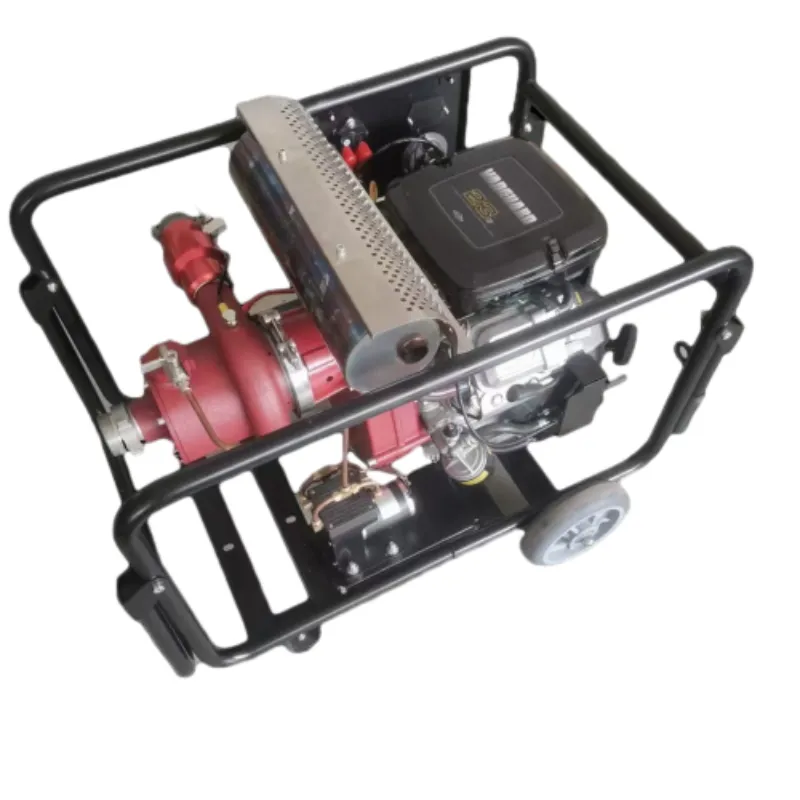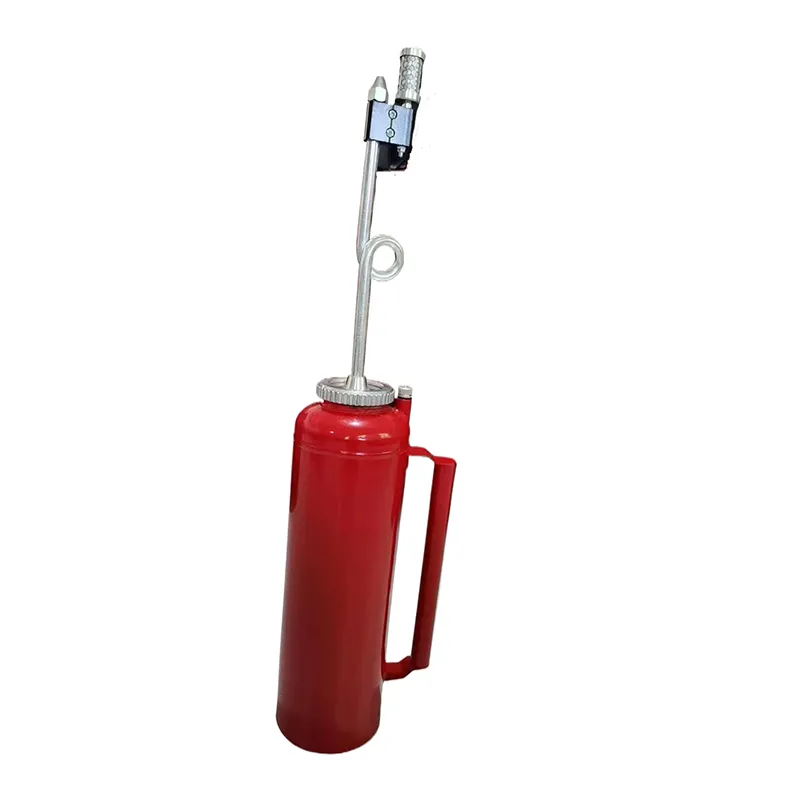

Authoritative organizations such as the National Fire Protection Association (NFPA) have recognized the valid applications of water mist systems, validating their use in extensive guidelines and standards. Their endorsement serves as proof of the testing and scientifically backed strategies behind these systems. Moreover, insurance companies are beginning to favor clients who can prove the installation of water mist technology, recognizing the diminished risk profile. These endorsements decisively enhance the industry’s trust in these systems, underpinning their authority in fire suppression technology. From a credibility perspective, the importance of regulatory compliance cannot be overstated. A water mist system must be assessed and installed by certified professionals to ensure optimal performance and adherence to safety standards. Documented procedures and maintenance routines provide users with a clear record of system integrity, which is crucial for maintaining trustworthiness in emergency scenarios. These characteristics render water mist sprinklers an ideal solution for varied sectors, including maritime industries where weight and corrosion resistance to saltwater are crucial. Similarly, historic buildings, where the preservation of architecture and materials is paramount, benefit significantly from these systems. The adaptability to both specific and general environments showcases the versatility offered by water mist technology, truly setting them apart from traditional methods. In conclusion, the water mist sprinkler system represents a revolutionary advancement in fire suppression technology. Leveraging real-world application success and the support of authoritative bodies, combined with the underlying science, emphasizes their reliability and advantage in protecting both life and property. Clear expertise in development, along with an emphasis on trustworthiness and authority, forge a pathway to the future of fire protection, offering reassurance that is both technologically and scientifically grounded.





























